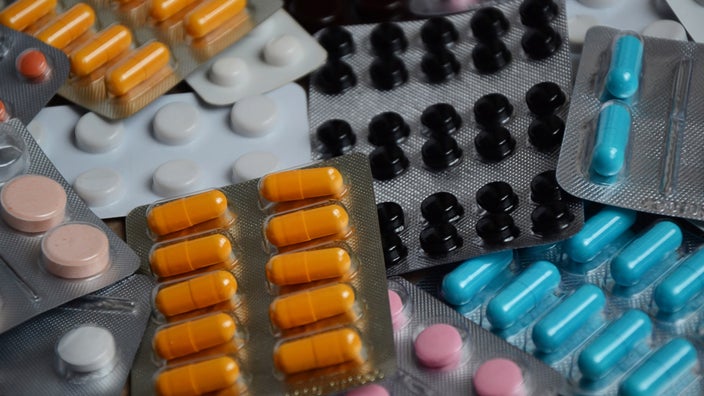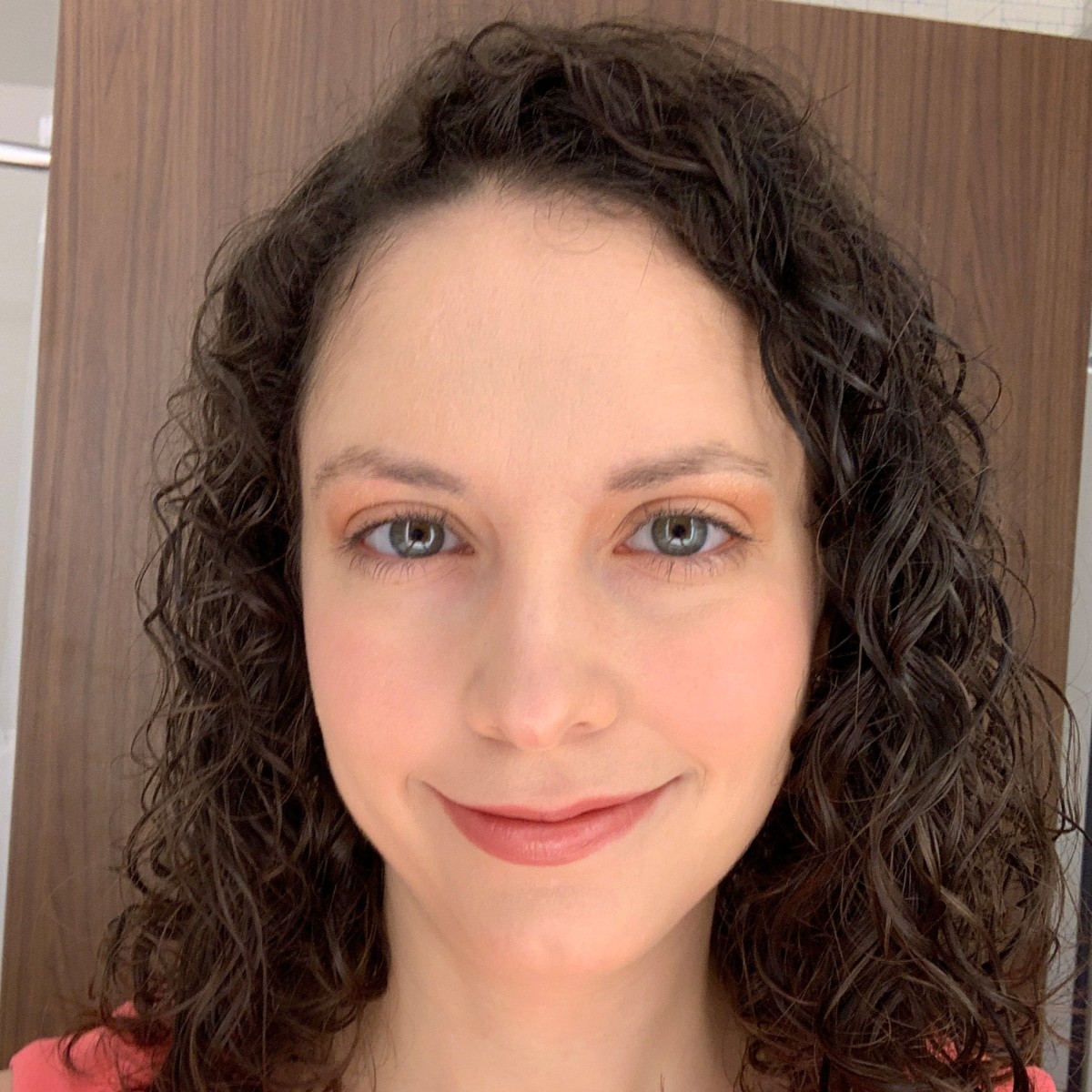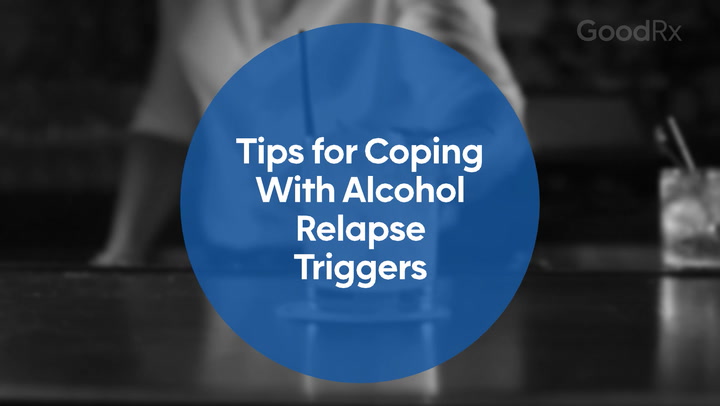
The 15 Most Addictive Prescription Medications
Key takeaways:
Some prescription medications may work well to treat medical conditions, but they also can carry a risk of dependence and misuse.
The most commonly prescribed habit-forming prescription medications are opioids, central nervous system (CNS) depressants, and stimulants.
Resources are available if you need help managing medication dependence or treating substance use disorder (SUD).

Prescription medications are often prescribed to treat various medical conditions. Unfortunately, they can also carry some serious risks. Certain prescription medications can be habit-forming or addictive and lead to misuse.
Misuse of a prescription medication means taking it in a way that is different than what was originally prescribed. It is estimated that 18 million people in the U.S. have misused prescription medications in the past year. This is a big problem and can be dangerous. Medication misuse can lead to multiple short- and long-term health consequences. For example, in the short term, opioids can cause drowsiness and nausea. With long-term use, opioids can cause constipation and trouble breathing.
In this article, we’ll discuss some of the most habit-forming prescription medications and why it’s so important to use them exactly as prescribed by your provider.
Why do healthcare providers prescribe medications that are so addictive?
If providers know medications can be addictive, why do they prescribe them? The answer is simple. Some of the most often misused prescription medications also work very well at treating different conditions.
For example, opioids can be habit-forming and easily misused, but they are also very effective at treating pain. Certain central nervous system (CNS) depressants can cause dependence, but they also work well as sedatives for sleep or anxiety.
This means that healthcare providers must find a balance between effective and habit-forming qualities when prescribing a medication. It’s essential for providers to consider the pros and cons of these medications carefully before deciding if it’s the best choice for you.
Prescription Savings Are Just the Beginning
See what other benefits you qualify for—from cashback cards to cheaper insurance.

If your provider has prescribed a habit-forming medication for you, it means the benefits you might have while taking it outweigh your risk of dependence.
Signs you’re becoming dependent on a medication
If you’ve been prescribed a potentially addictive medication, how do you know if you’ve become dependent or are at risk of addiction? Dependence has a specific definition. You may be dependent on your medication if you have:
Spent a lot of time doing activities that are related to your medication use
Used the medication for a longer time or at a higher dose than you meant to
Developed tolerance, meaning you need more of the medication than before to get the same effect
Tried to cut down or taper off your medication but have been unsuccessful
Continued to use your medication even if it’s causing problems with your physical or emotional health
Cut down or stopped participating in other activities because of your medication use
Experienced withdrawal symptoms when you stopped taking your medication
The difference between physical dependence and addiction
You may be asking yourself how dependence is different from addiction. These words are sometimes used interchangeably, but this is incorrect.
Most of the time, when the word dependence is used, it’s used to describe the physical effects of the medication. A person’s body has learned to rely on the medication, and they will often go through withdrawal if they suddenly stop taking it. But a person experiencing physical dependence will still use their medications according to their provider’s instructions. You can be physically dependent on a medication without being addicted to it.
The term addiction — more accurately called substance use disorder (SUD) — is used to describe compulsive behaviors or chemical changes in the brain. These changes can happen due to medication misuse. People with untreated SUD continue to use medications or other substances despite the consequences. These consequences often affect their work, social, or family life and can even cause legal problems like jail time.
The most addictive prescription medications
Now that we have discussed some of the dangers of medication misuse, let’s review some of the most addictive prescription medications you need to be extra careful when taking.
Opioids
Opioids are very effective at treating pain, but they can be habit-forming as well. They work on opioid receptors in the brain and spinal cord to lower the amount of pain you feel.
Unfortunately, opioids also affect the reward center in your brain. This means that when some people take opioids, they might experience euphoria — an extremely good feeling or “high.” When a medication causes euphoria, it signals your reward center and tells your brain to take it again, raising your risk of misuse.
Because opioids can affect the brain’s reward center, they carry a high risk of dependence and misuse. So it’s very important to only take them as prescribed and for the least amount of time needed for non-chronic pain.
Common prescription opioids include:
Codeine is often combined with other products, such as acetaminophen or promethazine, to treat less severe pain or cough, so you could be taking an opioid without realizing it. Be sure to review your prescription label and ask your pharmacist or healthcare provider if you aren’t sure if there is an opioid in your prescription.
Benzodiazepines
Benzodiazepines are part of a larger group of CNS depressants. Benzodiazepines work by acting on gamma-aminobutyric acid (GABA) receptors in the brain. They slow down brain activity, making us feel calmer and sleepy. They are used for various mental health conditions, such as anxiety and short-term sleeping problems.
Besides being effective at treating these conditions, benzodiazepines can be habit-forming and lead to withdrawal symptoms if suddenly stopped. They are known to cause physical dependence when used long-term because the body learns to rely on them. This quality raises the risk of misuse and SUD.
Examples of commonly-prescribed benzodiazepines include:
Clonazepam (Klonopin)
Alprazolam (Xanax)
Diazepam (Valium)
Barbiturates
Barbiturates are a class of medications used less often now. They work on GABA receptors in a similar way to benzodiazepines. Like benzodiazepines, barbiturates are CNS depressants and can be used for sleep disorders or seizures. They are no longer considered first-choice options because they carry more risks and side effects compared to alternatives.
Barbiturates have also been shown to be habit-forming and have a higher risk of overdose compared with benzodiazepines.
A barbiturate that is used to treat seizures is:
A barbiturate called butalbital can also be found in common prescription migraine medications. Butalbital is combined with other medications, such as caffeine, acetaminophen, aspirin, or codeine, and prescribed under the brand names Fioricet and Fiorinal.
Some of these combination products are considered controlled substances and carry a risk of misuse and dependence. Speak with your provider or pharmacist if you are unsure whether you are taking a medication that includes a barbiturate.
Stimulants
Stimulants — also called CNS stimulants — can increase alertness, attention, and energy. They work by raising the levels of certain brain chemicals, including norepinephrine and dopamine. Stimulants are most commonly used to treat attention-deficit hyperactivity disorder (ADHD) and narcolepsy but can also be used to treat some forms of severe depression.
Because of their actions on dopamine, stimulants can be habit-forming. Dopamine is sometimes called the “feel good” hormone because it is involved in our brain’s reward center and signals us to repeat actions. Some medications that boost dopamine or its effects have a risk of dependence and SUD because the extra dopamine can cause our brains to want more of the medication.
There are many types of stimulants. Two of the main classes include:
There are many different versions and brand names in each class. Ask your provider or pharmacist if the medication you’re taking is a stimulant.
What are some other addictive prescription medications?
Not all addictive prescription medications fall into one of the above categories. They can still raise dopamine levels or other chemicals that affect our brain’s reward center, meaning they also have risks for dependence and misuse. If you take a medication considered to be a controlled substance according to the Drug Enforcement Administration (DEA), it means the medication can be habit-forming or misused.
Other habit-forming prescription medications can include:
Some muscle relaxers, such as carisoprodol (Soma)
Most medications for insomnia (trouble sleeping), such as eszopiclone (Lunesta), zaleplon (Sonata), and zolpidem (Ambien)
Some weight-loss medications, such as phentermine (Adipex-P)
Medications for hormone replacement, such as injectable and topical testosterone
Some medications used for opioid use disorder, such as buprenorphine (Suboxone)
It’s important to always take your medication as prescribed and discuss your concerns about developing dependence or tolerance with your provider before starting any new medication. Never try to stop a medication on your own, as habit-forming medications can often cause withdrawal symptoms if you don’t safely taper off them.
What resources are available to help with addiction treatment?
If you or someone you know is misusing prescription medications, it is important to seek help. There are many resources available. The Substance Abuse and Mental Health Services Administration (SAMHSA) has a lot of helpful resources.
Some SAMHSA resources include help finding:
Opioid treatment programs
Behavioral health services providers
Some other useful resources include the National Institute on Drug Abuse. This organization gathers resources for teens who may need help finding SUD treatment.
The U.S. Department of Health and Human Services also offers prevention program resources. These can be useful in preventing medication misuse and SUD before they start. Resources are available on their website for patients, caregivers, and healthcare providers.
Lastly, GoodRx can help you locate online SUD providers, allowing you to get set up with healthcare providers and treatments from the comfort and privacy of your home.
The bottom line
Certain prescription medications can help effectively treat and manage a variety of conditions, like pain and sleeping difficulties. However, some can also lead to physical dependence, tolerance, medication misuse, and addiction. Safe use of prescription medications and recognizing warning signs of dependence are important.
If you are concerned about becoming dependent on medications, you can ask your pharmacist or healthcare provider about lowering your risks. This way, you can make the best and safest decision when it comes to taking your medication. If you start to see signs of dependence or addiction, speak with your provider. Know that you’re not alone.
Why trust our experts?



References
Bhatia, A., et al. (2022). Biochemistry, dopamine receptors. StatPearls.
Findtreatment.gov. (n.d.). Find a treatment facility near you.
Hardy, C. (2021). The biochemistry of addiction. Addiction Center.
Lader, M. (2008). Effectiveness of benzodiazepines: Do they work or not?. Expert Review of Neurotherapeutics.
MedlinePlus. (2020). Substance use disorder.
Morgan, M. M., et al. (2011). Analysis of opioid efficacy, tolerance, addiction, and dependence from cell culture to human. British Journal of Pharmacology.
National Institute on Drug Abuse. (2018). Is there a difference between physical dependence and addiction?.
National Institute on Drug Abuse. (2018). Prescription CNS depressants.
National Institute on Drug Abuse. (2019). The brain and the actions of cocaine, opioids, and marijuana.
National Institute on Drug Abuse. (2019). Treatment materials for patients.
National Institute on Drug Abuse. (2020). Misuse of prescription drugs research report: Overview.
National Institute on Drug Abuse. (2020). What classes of prescription drugs are commonly misused?.
National Institute on Drug Abuse. (2020). What is the scope of prescription drug misuse in the United States?.
Substance Abuse and Mental Health Services Administration. (n.d.). Find treatment.
Substance Abuse and Mental Health Services Administration. (2019). Results from the 2019 national survey on drug use and health: Detailed tables.
Substance Abuse and Mental Health Services Administration. (2022). Rise in prescription drug misuse and abuse impacting teens.
U. S. Department of Health and Human Services. (2020). Prevention programs and tools.
If you or someone you know struggles with substance use, help is available. Call SAMHSA’s National Helpline at 1-800-662-4357 to learn about resources in your area.


























